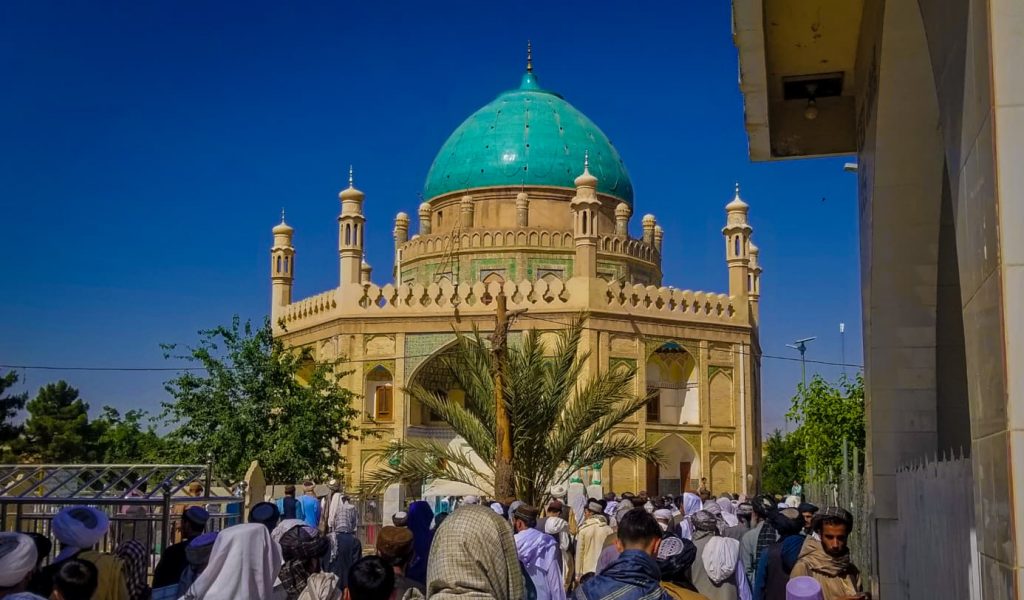Many garments tell a story, but only a few carry the weight of a nation’s heritage. For cultural enthusiasts and collectors, an Afghan heritage dress—especially a genuine kandahari dress—means far more than beautiful fabric or intricate embroidery. Instead, it stands as a living record of technique, memory, and the skilled hands that keep tradition alive. However, in today’s market, mass-produced imitations are everywhere. As a result, shoppers seeking authenticity often end up with generic pieces that lack heritage value.
This growing disconnect brings real frustration. You might wonder: How can you be certain your garment truly reflects Afghan tradition? Why should it matter who crafted your kandahari dress—or where it was made? Fortunately, the answer lies with Afghanistan’s artisans: the individuals and collectives who honor techniques passed down for generations. Through their hands, every stitch sustains cultural preservation, empowers families, and imbues each dress with a story worth owning. In this article, you’ll discover how choosing “Made in Afghanistan” protects identity, ensures ethical production, and allows you to own a timeless piece of Afghan heritage, handcrafted for you.

What Makes an Afghan Heritage Dress Authentic
At its core, an Afghan heritage dress is an ensemble rooted in region, tradition, and handwork. Whether you are drawn to the bold blocks of a kandahari dress, the geometry of Khamak embroidery, or the classic drape of a perahan tunban, genuine Afghan clothing is instantly recognizable by its markers of origin. Importantly, authenticity does not end with patterns; instead, it lives in the unique methods, materials, and motifs developed in Afghan communities over centuries.
Key Features of Authentic Afghan Dress
- Handcrafted Khamak (Kandahari) embroidery: You will usually find tidy, geometric stitches across cuffs, plackets, or chest panels. (Khamak)
- Artisan-centered production: These pieces are made by Afghan cooperatives and family workshops—not anonymous factories.
- Natural, breathable fabrics: In particular, cotton, silk, and wool enhance comfort and drape.
- Balanced placement: Embroidery is added where it flatters, rather than overwhelms, the garment.
Spotting Genuine Afghan Heritage Dress Versus Imitations
Collectors and enthusiasts recognize the difference between real afghan heritage dress and mass-produced copies. Yet, how do you avoid imitations?
Spot the signs of inauthentic garments:
- Machine stitching, which is too perfect and lacks depth.
- Overdone embellishments with synthetic or heavy glued details.
- No mention of the artisan, origin, or embroidery technique.
- One-size-fits-all silhouettes, leading to poor fit and drape.
Why Authenticity Truly Matters
Authenticity allows you to wear more than a design—it allows you to own part of a legacy. When you choose a real kandahari dress, you also:
- Sustain centuries-old embroidery traditions.
- Support families and entire communities of artisans.
- Show respect for Afghan history, not just fleeting trends.
- Guarantee that your piece has a story that endures.
The Solution: Supporting Real Artisans and Heritage with Every Stitch
If you want both value and meaning, the solution is clear: choose afghan heritage dress made in Afghanistan. In doing so, you contribute to ethical production, maintain craft traditions, and help ensure fair pay for skilled artisans.
Find an Authentic Kandahari Dress: A Practical Guide
- Check for provenance: Whenever possible, buy from sources that provide region, workshop, or artisan names.
- Study the embroidery: Hand-stitched Khamak stands out. In contrast to flat, mass-produced stitches, it feels slightly raised and looks geometric (even on the reverse).
- Ask about materials: Traditional Afghan clothes rely on time-tested, natural fabrics—not synthetic blends.
- Consider artisan mentorship: Brands or workshops sharing generational stories usually support skill transfer and authenticity.
Moreover, brands like Our Handmade Afghani Clothes work directly with artisans. They offer not just authentic Khamak, but also guidance on care and documented provenance—so collectors trust both the heritage and the process.
How Afghan Heritage Dress Preserves Cultural Identity
When you select a true kandahari dress, you become a link in a living tradition. Not only do you preserve endangered skills, but you also provide artisan families with stable livelihoods. Additionally, you create new ways for the Afghan diaspora to pass their lineage forward, offering future generations a chance to wear and cherish their roots.
Real‑Life Examples
- Collectors: For example, many favor limited editions with named artisans and region-specific embroidery.
- Museums/exhibitions: Often, these only accept Afghani heritage dress that can be traced back to a local workshop.
- Diaspora families: Especially during weddings or community gatherings, they choose garments that feature Afghan handcraft—pieces that often become treasured heirlooms.
Practical Tips for Authenticity and Care
- Read every label and online product description: Always look for explicit statements about Afghan origin, technique, and artisan involvement.
- Invest in regular care: Genuine garments improve with thoughtful handling—spot-clean first, handwash carefully, and dry flat away from sun.
- Document what you own: Keep notes, receipts, or even the story behind your piece. Because the more you know, the more meaningful your collection.
Why “Made in Afghanistan” Always Goes Further
An authentic afghan heritage dress is more than just style; it brings memory, belonging, and pride into your daily life. In fact, each motif and detail in Kandahari embroidery is an act of cultural preservation. By supporting true artisans, you protect Afghan heritage for future generations—and you also gain a meaningful garment with a rich, living story.
Conclusion
Ultimately, for cultural enthusiasts and collectors, the value behind each afghan heritage dress or kandahari dress lies in the story as much as the stitch. In an era dominated by fast fashion, choosing genuine, artisan-made garments from Afghanistan is a powerful way to own and honor tradition. Therefore, seek out reputable collections, value documented provenance, and help keep Afghan culture alive—one carefully hand-embroidered dress at a time.
If you’re ready for a garment with a story, explore Our Handmade Afghani Clothes—and own a timeless piece of Afghan heritage, handcrafted for you.